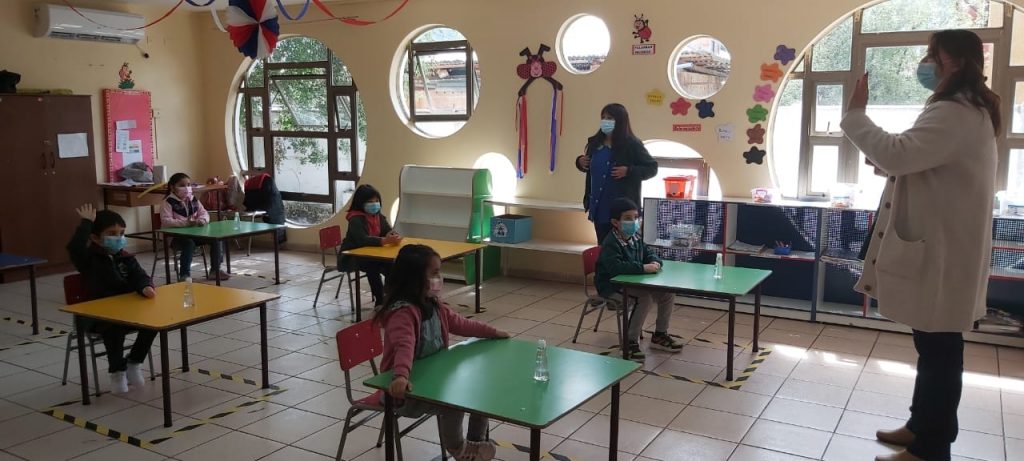To track the participation of more than 5,900 students from 143 schools and kindergartens in the public system in the Metropolitan, O'Higgins, Coquimbo and Magallanes regions, Fundación Educacional Oportunidad created a registration system that alerts those who have not participated or had contact with the establishment.

The pandemic presented a great challenge for the school system: not to lose any students. Given this scenario, Fundación Educacional Oportunidad detected in 2020 that around 20% of children in early education (pre-kindergarten and kindergarten) did not participate in either virtual learning experiences or in those that schools sent them home - virtually or in print - and this could lead to subsequent school exclusion, which is understood as a progressive distancing of the student from the school for different reasons.
Thus, the proposal was born to change the view of attendance for the concept of "participation", which takes into account the different ways in which children are involved. It is no longer just a matter of recording attendance in person, but also of recording participation in learning experiences, whether they are synchronous (done at the same time with the kindergarten educator) or asynchronous (done independently and sent later for review and feedback).
Yanira Aleé, head of the Assistance programme at Fundación Educacional Oportunidad, explains that "according to the reality of our schools, the year 2020 was 100% remote education, mainly through asynchronous activities, i.e. activities that were sent home via WhatsApp for example, which were carried out by the children at different times, and only in the first semester of 2021, around 70% of the schools incorporated virtual classes and with the change to phases 3 and 4, in the second semester, only some schools started with face-to-face classes".
To facilitate this process, Fundación Educacional Oportunidad created a registration system to measure the participation of each of the children, not only in person, but also through their involvement in learning experiences, whether synchronous or asynchronous.
"This registration system works both on-site and in a hybrid or remote education system, which is what we are experiencing this second semester. It allows us to record whether the child was present and also whether he or she participated from home in a virtual class or by carrying out an activity sent from the school or kindergarten during the week," says Yanira Aleé.
The result of the registration is an interactive report containing a graph that is automatically updated weekly with information on how many children meet the participation target and the percentage of children according to the type of participation: face-to-face, remote synchronous or remote asynchronous.
Javiera Sotomayor, coordinator of the Continuous Improvement and Evaluation area of Fundación Educacional Oportunidad, says that "this system allows schools to efficiently analyse data. In this case on the participation of their students, through the exploitation of information by means of different technologies that currently constitute the basic standards to improve practices and help organisations in decision-making".
The challenge for the remainder of the year will be for schools to activate the linkage committee, to identify the causes of non-participation, to propose a particular intervention for each child who is not participating, and to follow up to see if this intervention progressively increases their participation.





